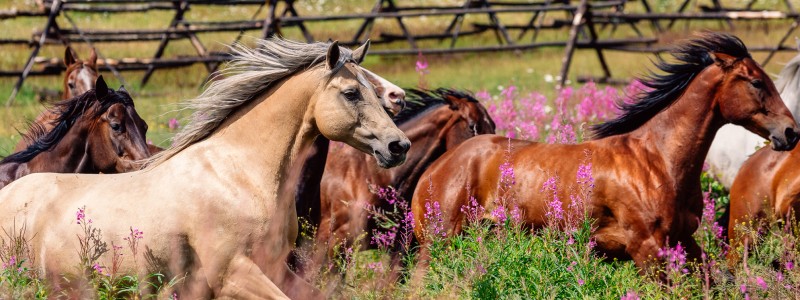Warning: Undefined variable $template in /home/webmastercms/v5dev/webmasterCMS/functions/functions.php on line 842
Warning: Undefined variable $start in /home/webmastercms/v5dev/webmasterCMS/functions/sharedList.php on line 36
Warning: Undefined variable $end in /home/webmastercms/v5dev/webmasterCMS/functions/sharedList.php on line 36
Defining Siwash | A Rich History & Culture at Siwash Lake
Siwash, pronounced 'Sigh wash', is a word derived from the Chinook Jargon, a bridge language created on the Pacific Northwest frontier during the Gold Rush years in the late 1800's, early 1900's, for trading between Indigenous and European people.The verb siwash best defines today's spirit of exploration at Siwash Lake. It means to go into the wild forest, camping without a tent where one takes only the most basic of survival gear along and uses natural shelter — heading into the woods without hindrance and with minimal footprint — to learn about the area, hunting and gathering, traveling swiftly and lightly as an Indigenous person would have done years ago.
Siwash Lake is located in a rugged and remote region of the spectacular Bonaparte Plateau, perched atop the greater Fraser Plateau. Set amid the interior foothills of the Marble, Cariboo, and Coastal mountain ranges of British Columbia, these vast plateaus are full of natural beauty, history, culture, and endless adventures.
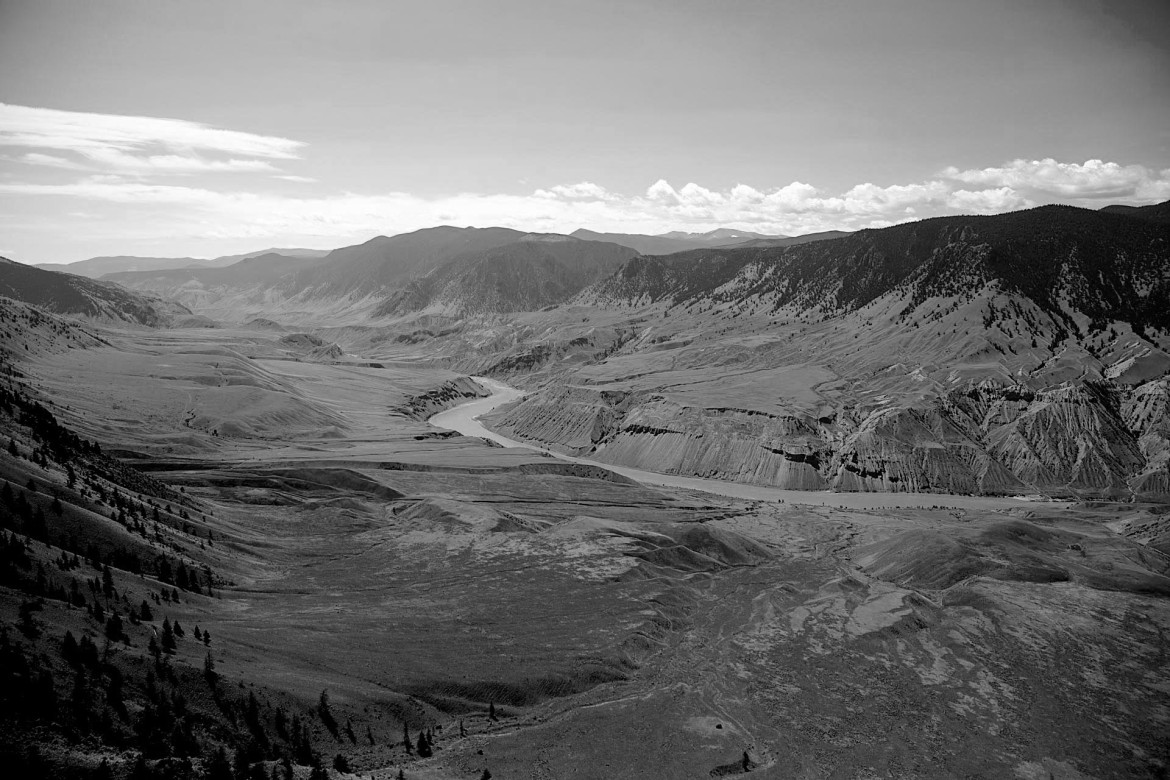
The guardians of this land, the Indigenous people of the area, are the Secwepemc (Shuswap) First Nation — self-governing, prosperous communities guided by their unified values, language and culture. Siwash Lake is within the un-ceded territories of several Secwepemc communities:
- St'uxwtews - Bonaparte Indian Band
- Llenlleney'ten - High Bar Indian band
- Skeetchestn - Skeetchestn Indian Band
- Stswecem'c Xgat'tem - Canoe Creek/Dog Creek Indian Band
- Pellt'iq't - Whispering Pines Clinton Indian Band
- Ts'kw'aylaxw - Pavilion Indian Band
- Ts'qescenemc - Canim Lake Indian Band
- Tk'umlúps te Secwepemc - Kamloops Indian Band
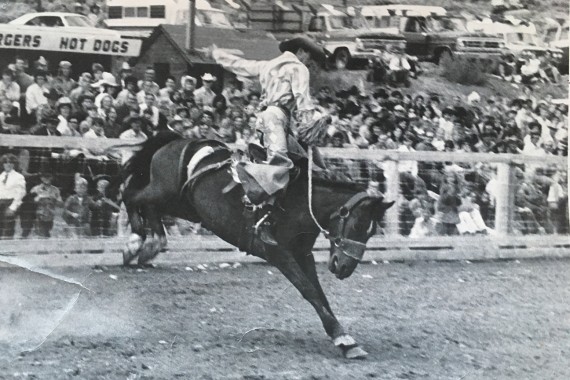 |
The greater Cariboo region was found by Europeans during the Gold Rush, more than a century and a half ago. Many small frontier settlements, which sprung up along the trail to the goldfields, were built by cowboys and adventurers from around the world. Thus began the Cariboo's iconic ranch and rodeo heritage. These days, a trip to the Cariboo and Siwash Lake follows routes carved from raw wilderness by all those who went before. The town of 70 Mile House is gateway to Siwash Lake. '70 Mile' was originally a stage coach stop and road house located directly on the historic Cariboo Gold Rush Trail, which was the main track up to the gold fields. The town of Lillooet, on British Columbia's mighty Fraser River, is 'Mile 0' and 70 Mile House is literally 70 miles along the old trail from Lillooet. |
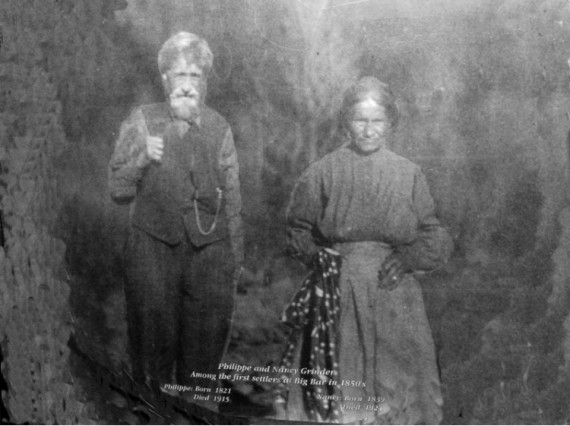 |
Just north of Lillooet is the largest Indigenous fishery on the Fraser River. Every summer, hundreds of Secwepemc people gather to dip-net salmon from the turbulent waters. The fish are filleted and hung on covered racks to dry in the warm winds. Indigenous people throughout British Columbia travel to Lillooet to barter for this delicacy. A journey to this remote swathe of the Fraser Canyon near Siwash Lake celebrates First Nations presence in the region, past and present. It also explores the rich history of the Gold Rush years in BC. Many of the Europeans who were introduced to the area during the Gold Rush stayed on to try their hand at ranching, logging and trapping, during the mid-late 1800's and early 1900's. As such, Siwash Lake was originally named and homesteaded by a Scottish settler, in 1912. All he constructed at the time was a small, one-room cabin at far end of the lake. |
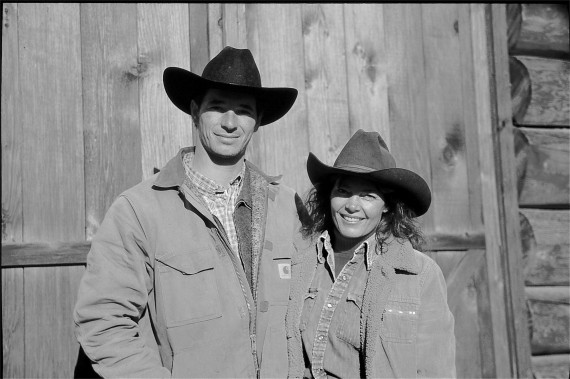 |
Seventy-five years later, a young woman, originally from the west coast city of Vancouver, found Siwash Lake while seeking more meaning and adventure in her life. She camped on the land with her horse corralled nearby, so she could ride the vast area, getting to know it and the surrounding wilderness. Awhile later, she met the love of her life at a local rodeo. He was an expert woodsman and member of the Esk'etemc Nation, who grew up on a ranch along the banks of the Fraser River. They became a dynamic duo at Siwash Lake! Their goal was to develop authentic, nature-based adventure experiences that would be in complete harmony with the surrounding land, and to share the wonders of it all with like-minded people from all around the globe. Together they raised two children while building a world-class hospitality business at Siwash Lake. |
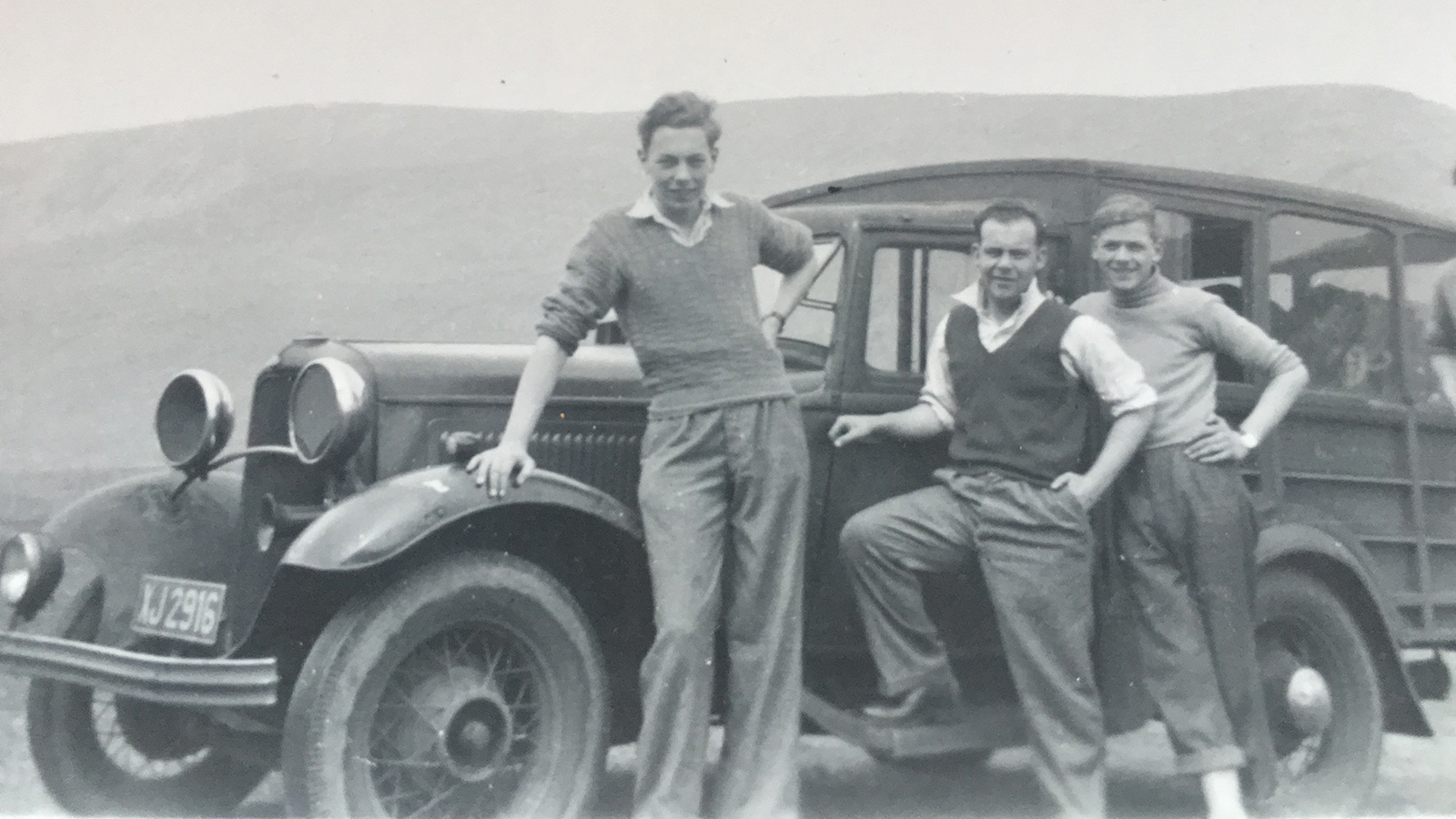
|



